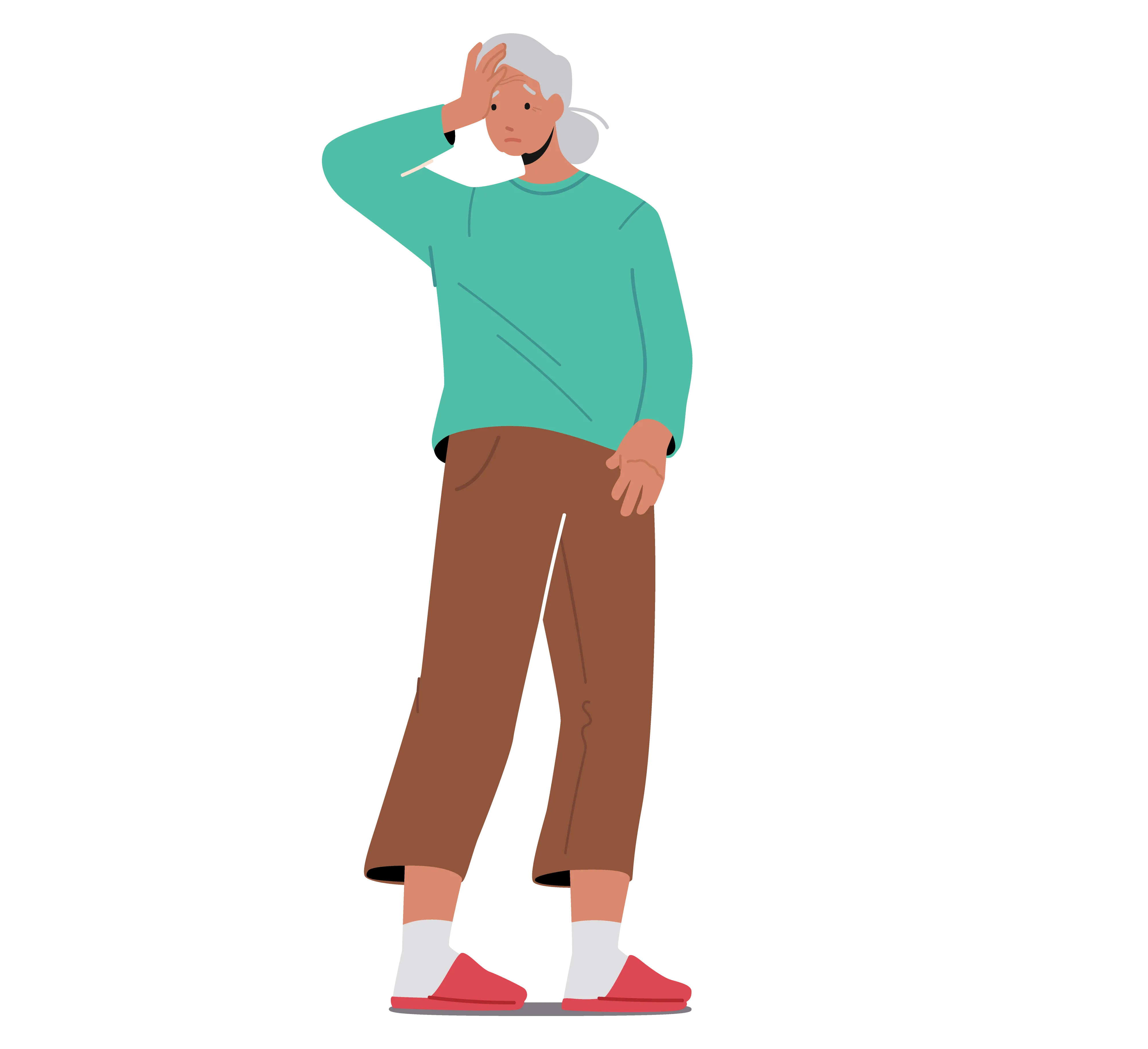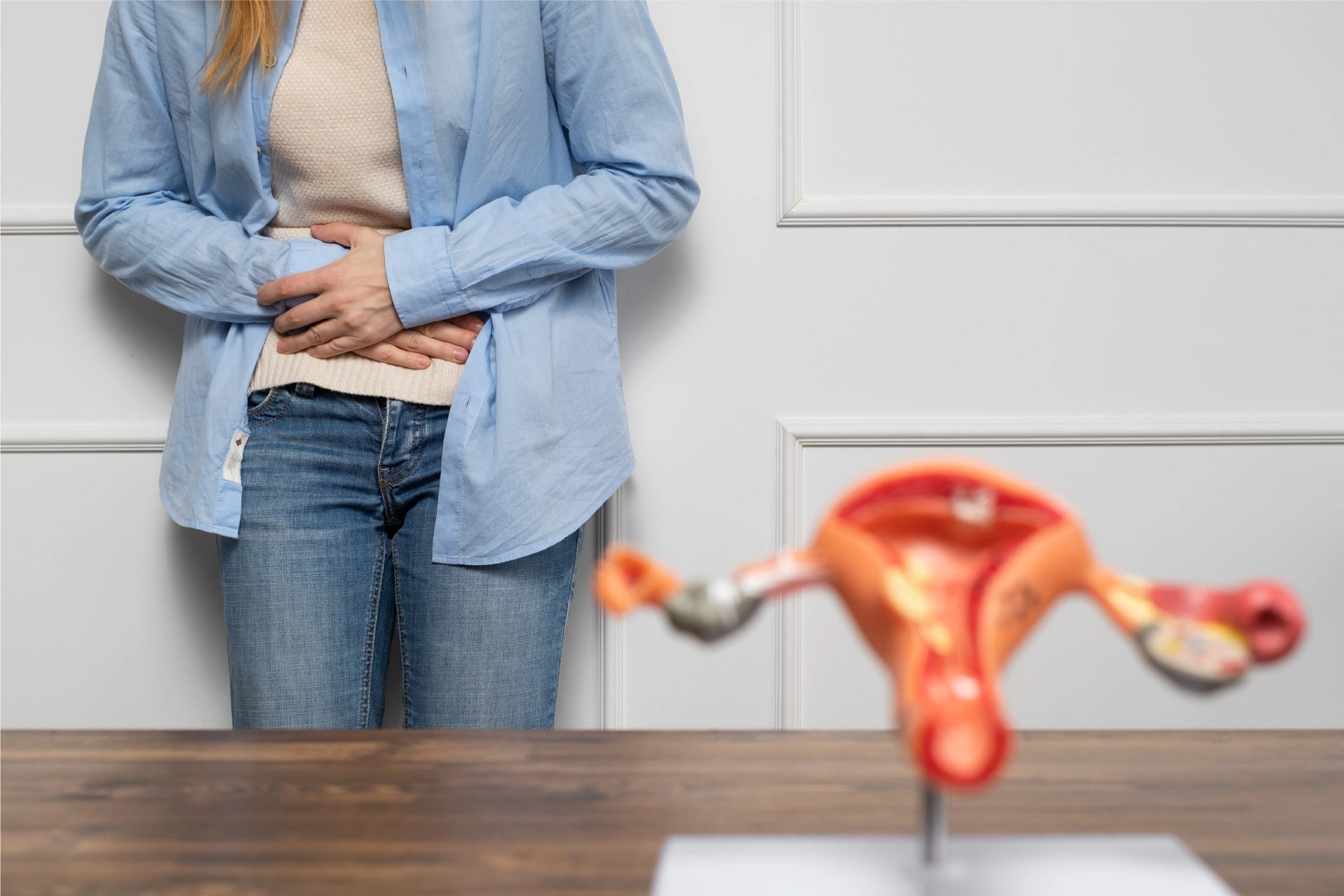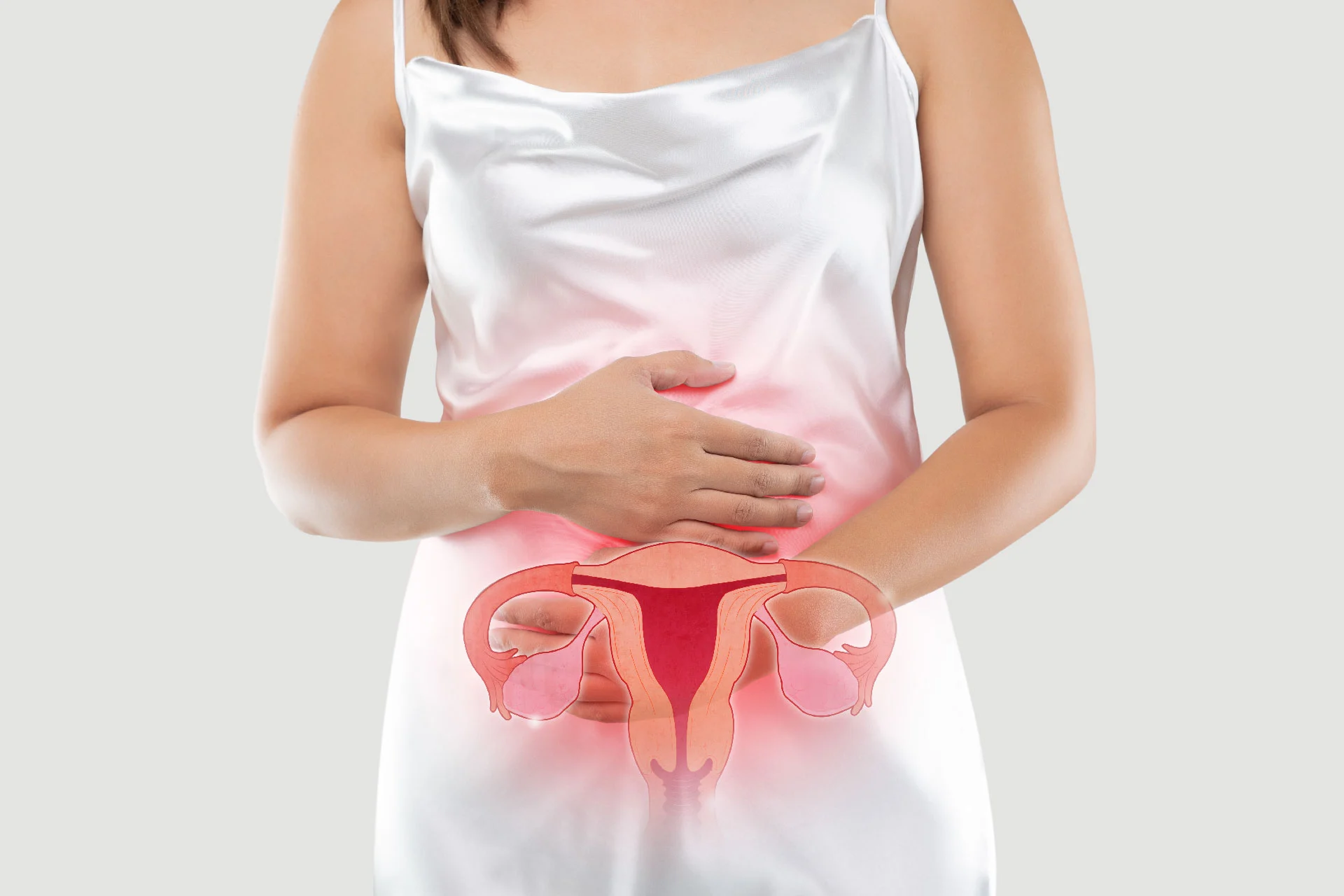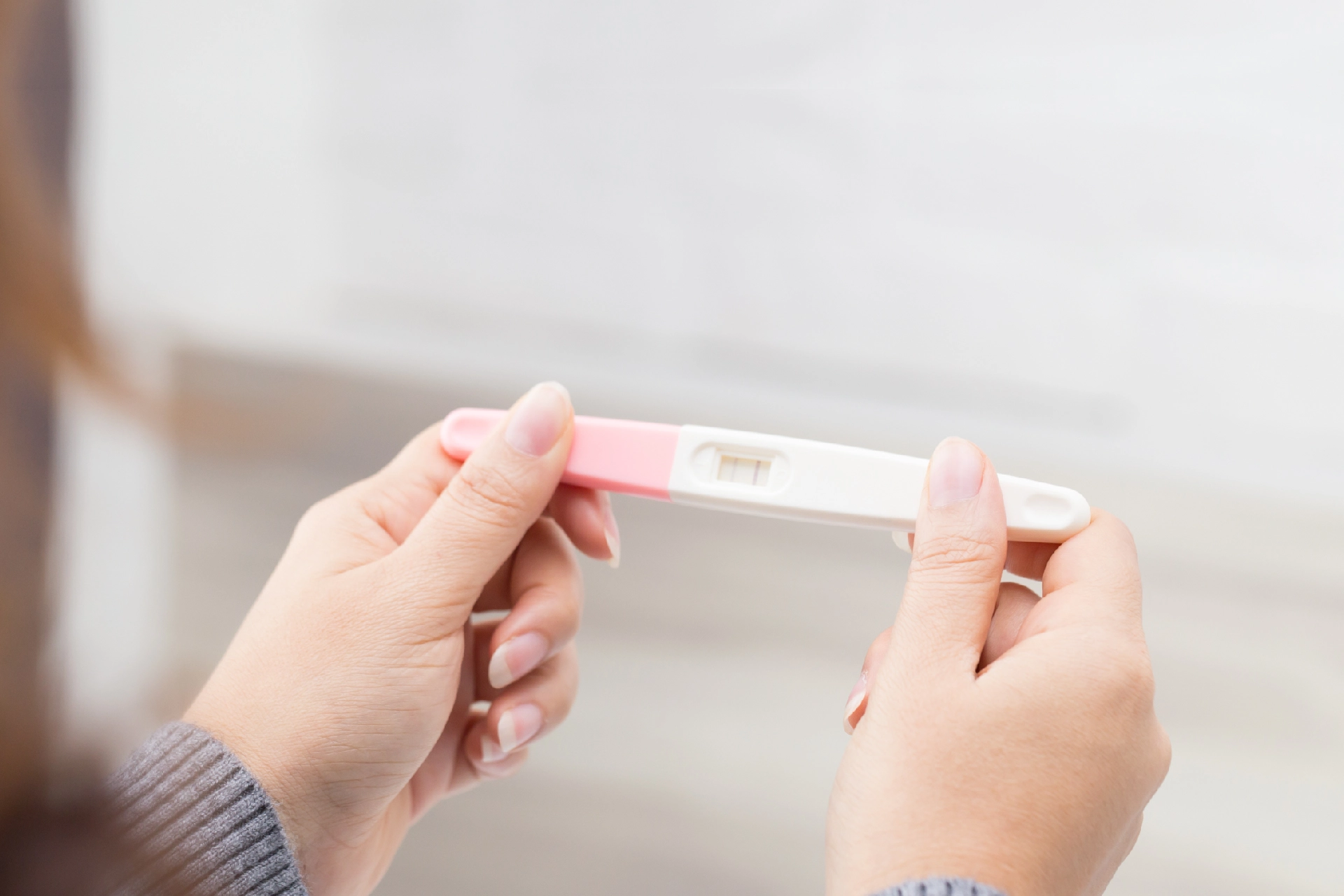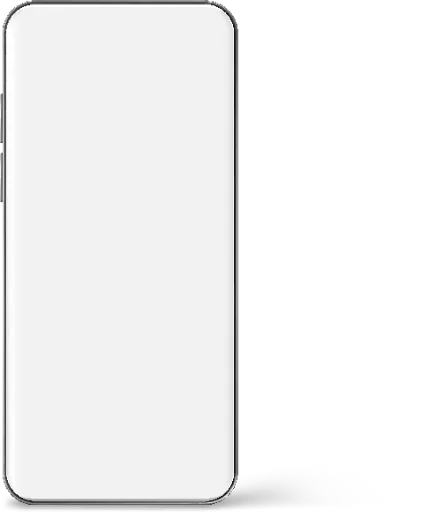Women's Health | 8 min read
Urinary Incontinence in Females: Types, Symptoms and How to Treat It
Medically reviewed by
Table of Content
Key Takeaways
- Urinary incontinence is common among one in three elderly women
- Stress incontinence is one of the types of urinary incontinence in females
- Urinary incontinence treatment includes dietary changes and medications
Urinary incontinence is a loss of bladder control that leads to leakage of urine. It may occur during coughing, sneezing, or due to a sudden, uncontrollable urge to urinate. It can affect your daily activities and lead to embarrassing situations. Note that this medical condition is more common in women than in men and affects 1 in 3 elderly women [1]. In a study including 3,000 women in India, 21.8% of women were found to be incontinent [2]. Although it mostly occurs as you grow old, it is not a normal consequence of aging and can be cured or treated. Through changes in diet and lifestyle, and proper medical care, controlling the signs and symptoms of urinary incontinence is possible. Read on to know about urinary incontinence in females including the its types, causes, symptoms, and more.
Types of Urinary Incontinence
- Stress incontinence - Leakage of urine from pressure on the bladder during physical movements such as exercising, laughing, coughing, or sneezing
- Urge incontinence - An unexpected leakage of urine due to an inability to hold the urine until you reach a restroom
- Overactive bladder - A squeezing of bladder muscles without warning that leads to the leakage of urine. Nocturia and urge incontinence are some of its symptoms
- Functional incontinence - Untimely urination due to reasons like lack of toilet access, physical disability, and medical conditions like Alzheimer's disease that affect thoughts
- Overflow incontinence - Occurs when your bladder is full leading to small amounts of unexpected leakage of urine
- Mixed incontinence - Occurs when you have more than one type of urinary incontinence at a time
- Transient incontinence - A temporary urinary incontinence due to factors like infections, medications, or cold
What Causes Urinary Incontinence
There are several causes of this disease in females including habits, physical problems, or underlying medical conditions. Here are the most important causes in females:
Several foods, drinks, and medications:
- Alcohol
- Chocolate
- Artificial sweeteners
- Carbonated drinks
- Caffeine
- Citrus fruits
- Chili peppers
- High vitamin doses
- Medications for heart and blood pressure, muscle relaxants, and sedatives
A few medical conditions:
- Constipation
- Urinary tract infection
The following physical problems or changes:
- Aging of the bladder muscles
- Hormonal changes during pregnancy
- Childbirth
- Menopause
- Obstructions like urinary stones or a tumor in your urinary tract
- Neurological disorders such as spinal injury, stroke, brain tumor, multiple sclerosis, and Parkinson's disease
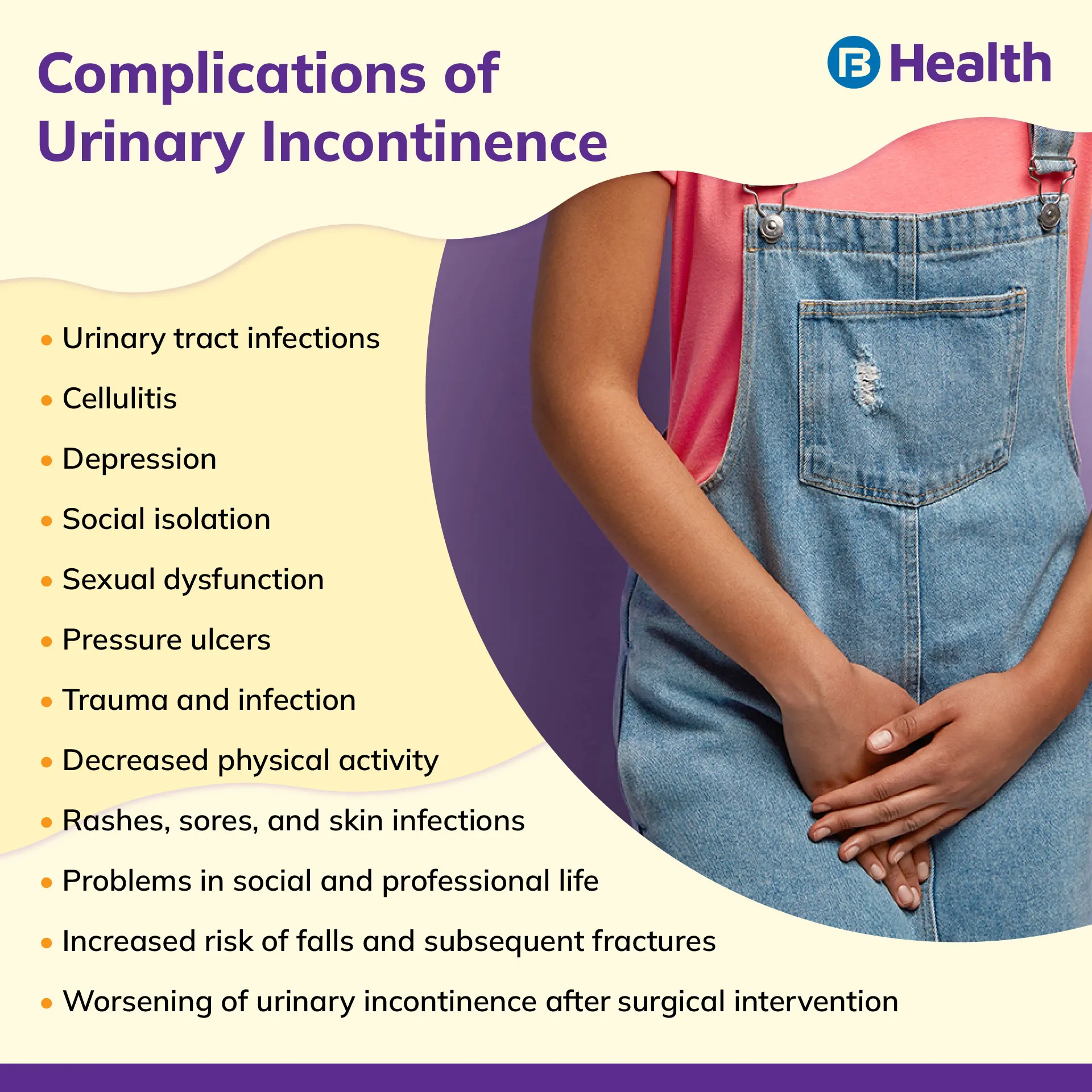
Symptoms of Urinary Incontinence
Here are some common signs and symptoms:
- A need to rush to the restroom
- A feeling of incomplete emptying of the bladder
- Leaking of urine that started after a surgery
- Leaking of urine during exercise or physical movements
- Leakage of urine while laughing, sneezing, or coughing
- Persistent feeling of wetness without sensing urine leakage
- Leaking urine without knowing it or passing urine when you don’t reach the restroom in time.
Some symptoms of urinary incontinence may indicate other medical conditions. Therefore, make sure you consult your doctor for a proper diagnosis.
How is Urinary Incontinence Diagnosed?
Urinary incontinence is not to be mistaken with frequent urination. Both things are different. Urinary incontinence is caused by the weakening or overactivity of the bladder muscle. It could be a temporary condition or become chronic if not treated on time. Contrary to the myth, this condition has nothing to do with ageing.
While evaluating your condition, doctors may perform a physical check and then refer you to a urologist or an urogynecologist who specializes in urinary tract diseases. The diagnosis of urinary incontinence is based on the examination of your urine sample, reproductive organs, and renal and nervous systems. The following methods may be used for diagnosis:
- Urine test or urine culture
- Bladder diary
- Bladder stress test
- Cystoscopy [3]
- Measuring bladder capacity
- Ultrasound
- Urodynamics
What are the Treatments for Urinary Incontinence?
Two types of treatment options are followed for urinary incontinence, non-surgical and surgical, depending on the patient's individual condition. Non-surgical treatments cover these approaches.
Kegel Exercises
They are simple exercises to strengthen the pelvic floor muscles. They can be flexibly done anytime, anywhere. They focus on tightening the pelvic muscles by contracting and releasing them to have better control over the urine passing. You will know when to start and stop your urine whenever the pressure comes. However, you must perform them whenever you do not feel the pressure of urine. By doing them regular basis, you will see your condition improves.
Limited Fluid Intake
Sometimes drinking excessive water could also cause urinary leaks. So, you need to drink water in balancing amounts. Drink water when your body needs it. First, however, you need to check your urine while cutting down your fluid. If the urine is clear, you can limit the water, but if the urine is dark, you will need to drink more water.
Exercise
Regularly exercising and maintaining a healthy body weight can decrease your chance of suffering from urinary incontinence. If you feel fear of exercising in public due to leakage, do it in your home in a comfortable environment.
Dietary Change
You should cut down the intake of caffeine like tea and coffee as they aggravate the condition of urinary incontinence. Also, avoid foods that are heavy in species and acidic, as they could create irritations in the bladder and cause contractions, leading to leakage. Instead, choose a nutritional diet full of vitamins.
Bladder Training Rule
Make it a habit to go to the washroom at regular intervals. Doing this will help your bladder recognize the bathroom frequency, reducing the leakage.
Use Safety Products
You can buy precautionary products that help to manage urinary incontinence. They will help you in emergency conditions when you do not have bathroom access or are doing physical work. These products are available as pads or underwear, which quickly absorb urine and save you from embarrassment.
Pelvic Floor Therapy
A therapist will assist you with pelvic floor therapy to strengthen the pelvic muscles for a controlled urine flow. The therapist will teach you exercises focusing on your pelvic muscles and will use electrical devices to stimulate the pelvic floor muscles to make you aware of these muscles.
Urethral Support Device
This device is installed in the vagina to control urinary incontinence. This is a low-risk useful treatment.
The urinary incontinence treatment prescribed to you depends on factors that include your age, medical history, general health, incontinence type, medication tolerance, and preference. Based on these factors, the treatment may include the following:
- Behavioral therapies such as bladder training and toileting assistance
- Changes in your diet such as avoiding alcohol, caffeine, and citrus fruits
- Pelvic muscle rehabilitation such as kegel exercises, biofeedback, vaginal weight training, and pelvic floor electrical stimulation
- Use of a rubber device known as a pessary that is worn inside the vagina to prevent urine leakage
- Medications including antibiotics, vaginal estrogen, and anticholinergic drugs
- Surgery including slings, bladder suspension, and peripheral nerve stimulation
- Other procedures such as urethral bulking agents and botox injections into the bladder
What Are the Medical Treatments for Urinary Incontinence?
Sometimes medicines are also prescribed by doctors to treat UI. These medicines decrease the spasms in the bladder, which causes leakage.
Surgical Treatments for Urinary Incontinence
Bladder control surgery is a standard surgical treatment recommended for patients with urinary incontinence. It proves helpful as it provides better support to the urethra. When pressure comes, this support prevents leakage and helps you hold the urine until you visit the washroom. Other procedures are also available to treat this condition. Your doctor will decide on the procedure based on your condition.
What Can You Do for the Prevention of Urinary Incontinence?
Prevention is necessary when it comes to dealing with any medical condition. Urinary incontinence can interfere with your daily routine. So, managing it with the right treatment option can tremendously improve the quality of your life.
Some Important Tips
You should drink the necessary amount of fluids as mentioned above
High-fibre diets like beans, wholegrain cereals, vegetables, and fruits into your diet
Developing some healthy toilet habits, such as going to pee only when you feel the pressure
Maintaining a healthy lifestyle like giving up smoking, weight reduction, exercising etc
What are the Side Effects of Urinary Incontinence?
Urinary incontinence can create some side effects or complications if not treated on time. They are as follows:
It could affect your skin, causing skin rashes and infections. It could keep your skin wet, which will cause skin sores
It could cause UTI or urinary tract infections
It could interfere with your social, work, and personal life
Additional Read: What is Vaginal DrynessWomen suffering from this can wear diapers, shields, or pads to protect their clothes from the leakage of urine. Absorbent underclothing can also be worn under your daily clothing to manage this condition better. To prevent this condition or any other urine problem in females, it is better to get timely medical help. Consult with the top doctors online including urologists and urogynecologists on Bajaj Finserv Health. This will ensure you get the way forward on time for urinary incontinence treatment.
References
Disclaimer
Please note that this article is solely meant for informational purposes and Bajaj Finserv Health Limited (“BFHL”) does not shoulder any responsibility of the views/advice/information expressed/given by the writer/reviewer/originator. This article should not be considered as a substitute for any medical advice, diagnosis or treatment. Always consult with your trusted physician/qualified healthcare professional to evaluate your medical condition. The above article has been reviewed by a qualified doctor and BFHL is not responsible for any damages for any information or services provided by any third party.

